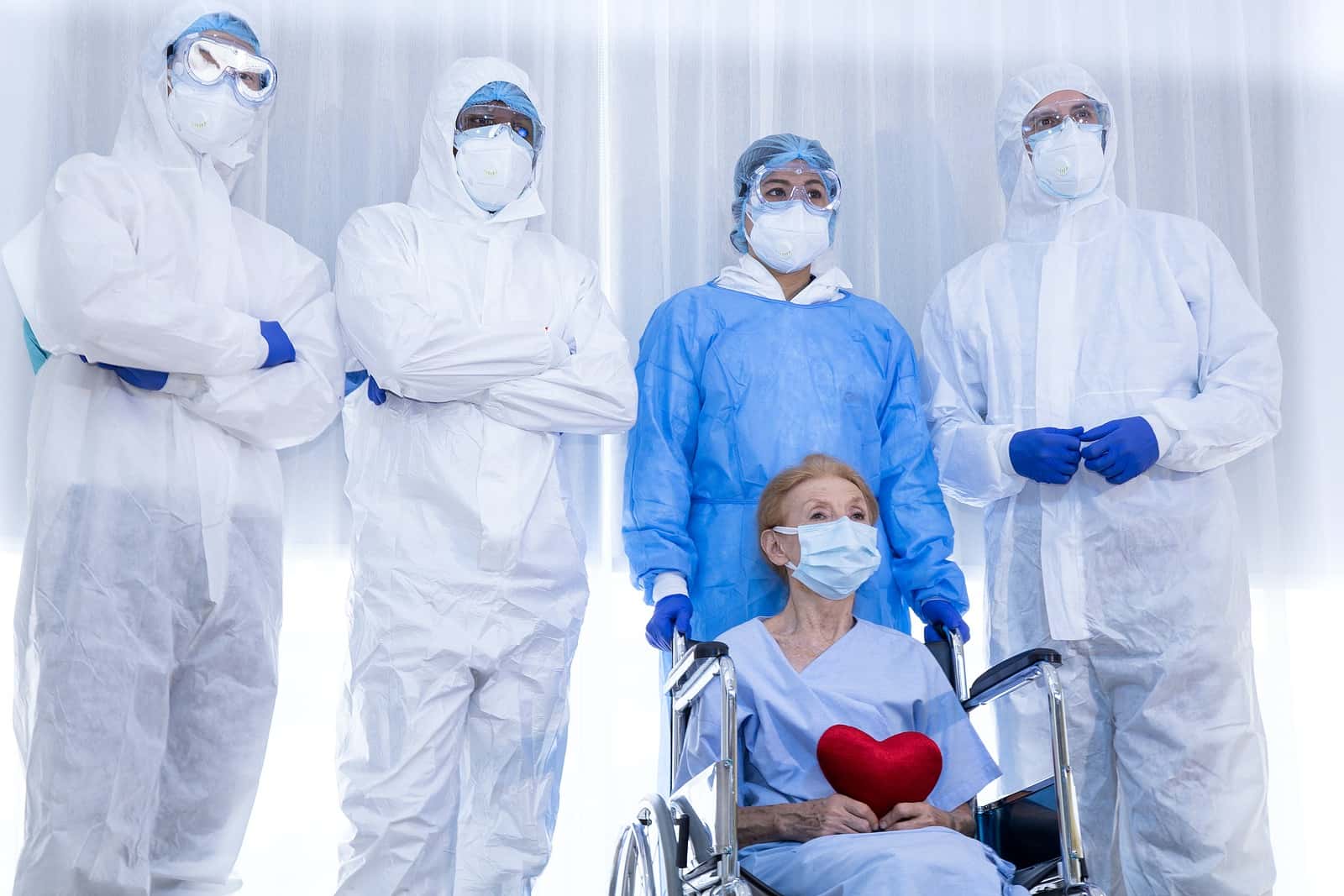
As I write this update on Thursday evening, December 17, 2020, here are some staggering statistics from the Johns Hopkins Coronavirus Resource Center: New Cases = 247,403; Total Cases to date = 17,179,180; New Deaths today = 3,656; Total Deaths = 310,325. The numbers will have changed by the time you read this. Hospitals across the country are struggling to provide care for more than 110,000 COVID-19 patients. But if doctors discharge COVID patients too soon to make room for new patients, that move could be deadly.
Where Do We Put New COVID-19 Patients?
The numbers change every day. It is impossible to keep up. On Thursday there were more than 113,000 COVID patients in US hospitals. Many hospitals have run out of ICU beds. And more patients keep coming every day.
As a result of the flood of new patients, health care facilities might be tempted to discharge COVID patients as soon as they have recovered a little bit to make room for newly diagnosed individuals. A study from the Veterans Administration suggests that could be risky (JAMA, Dec. 14, 2020).
When VA Doctors Discharge COVID Patients:
The investigators analyzed records from patients discharged between March and July to assess readmission and death. Out of more than 2,000 people hospitalized, 1,775 survived to be discharged. Over the next two months, one in five were readmitted and 9 percent died.
Here is how the researchers described their study:
“Although more patients are surviving severe coronavirus disease 2019 (COVID-19), there are limited data on outcomes after initial hospitalization. We therefore measured the rate of readmission, reasons for readmission, and rate of death after hospital discharge among patients with COVID-19 in the nationwide Veterans Affairs (VA) health care system.”
What Was Discovered:
“In this national cohort of VA patients, 27% of survivors of COVID-19 hospitalization were readmitted or died by 60 days after discharge, and this rate was lower than matched survivors of pneumonia or heart failure. However, rates of readmission or death were higher than pneumonia or heart failure during the first 10 days after discharge following COVID-19 hospitalization, suggesting a period of heightened risk of clinical deterioration.”
How Soon Is Too Soon to Discharge COVID Patients?
The analysis demonstrates that the first ten days after discharge were the riskiest in this population, which is largely composed of older, male patients. That suggests hospitals should exercise caution so they don’t discharge COVID patients before they are ready.
Citations
- Donnelly, J.P., et al, "Readmission and Death After Initial Hospital Discharge Among Patients With COVID-19 in a Large Multihospital System," JAMA, Dec. 14, 2020, doi:10.1001/jama.2020.21465

